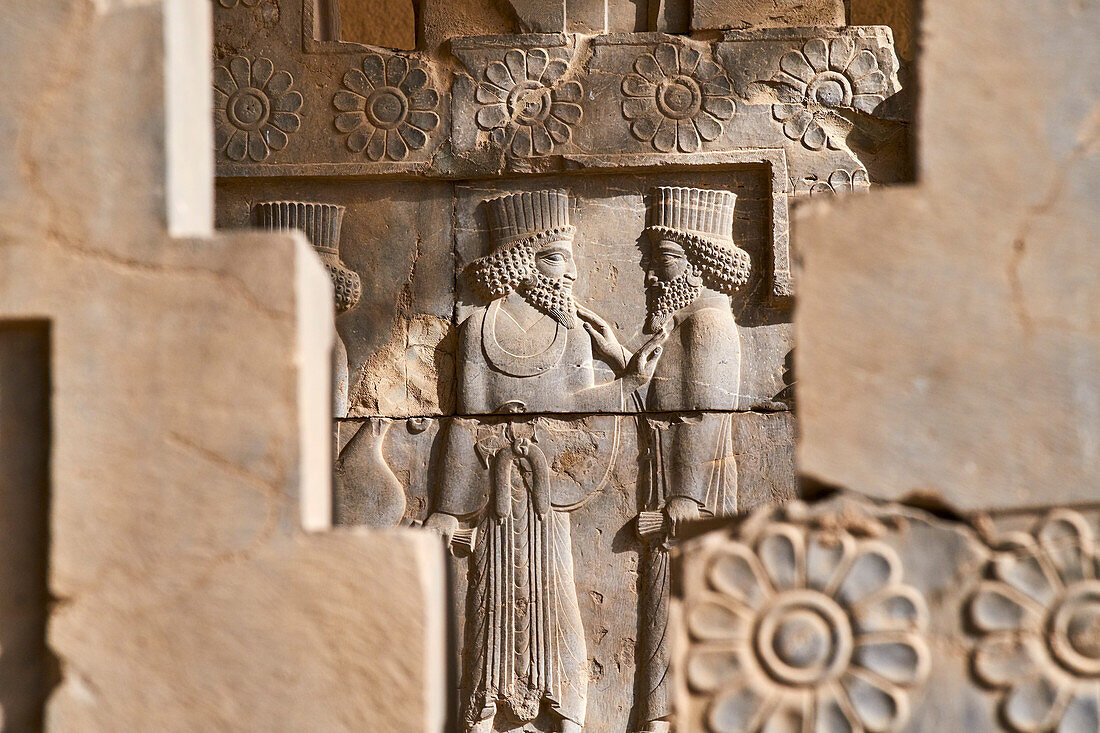Pedestrian path to Persepolis under construction

TEHRAN – A wide pedestrian path that leads sightseers to the UNESCO-designated Persepolis is under construction, Fars province’s tourism chief said on Saturday.
The pavement construction and flooring operations will usher visitors to the original threshold of the site, which was once the ceremonial capital of the Persian Achaemenid Empire (c. 550 - 330 BC).
It is one of the important projects of this general directorate this year being carried out to optimize the traffic route of tourists and respect their presence at this World Heritage site, Seyyed Moayyed Mohsen-Nejad added.
The official said Persepolis is one of the most visited travel destinations in Fars province.
According to available data, 261,049 people toured Persepolis during the two-week Noruz holidays (which officially started on March 21.
Also known as Takht-e Jamshid, Persepolis ranks among the archaeological sites, that have no equivalent, considering its unique architecture, urban planning, construction technology, and art.
Majestic approaches, monumental stairways, throne and reception rooms, and dependencies have made that 13-ha ensemble one of the world’s greatest archaeological sites.
Construction of its immense terrace was begun about 518 BC by Darius the Great, the Achaemenid Empire’s king. On this terrace, successive kings erected a series of architecturally stunning palatial buildings, among them the massive Apadana palace and the Throne Hall (“Hundred-Column Hall”).
The terrace is a grandiose architectural creation, with its double flight of access stairs, walls covered by sculpted friezes at various levels, monumental gateways, gigantic sculpted winged bulls, and remains of large halls.
By carefully engineering lighter roofs and using wooden lintels, the Achaemenid architects were able to use a minimal number of astonishingly slender columns to support open-area roofs. Columns were topped with elaborate capitals; typical was the double-bull capital where, resting on double volutes, the forequarters of two kneeling bulls, placed back-to-back, extended their coupled necks and their twin heads directly under the intersections of the beams of the ceiling.
Narratives say that Persepolis was burnt by Alexander the Great in 330 BC apparently as revenge against the Persians, because it seems the Persian King Xerxes had burnt the Greek City of Athens around 150 years earlier.
AFM
